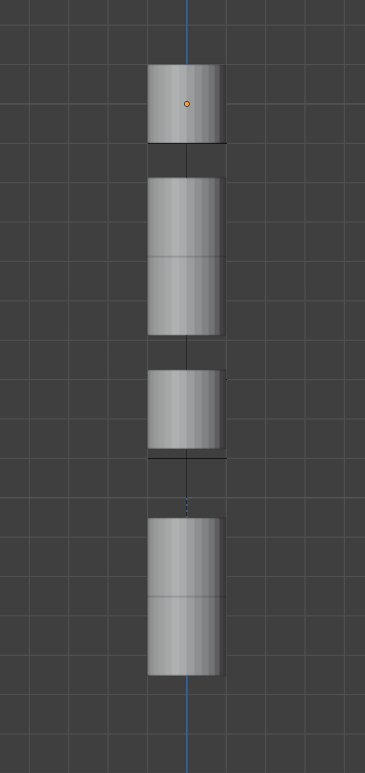I am simulating a rope in Blender, represented by a chain of rigid bodies. Each rigid body is linked to its neighbor using a generic constraint that locks X, Y, and Z linear movements. The topmost rigid body is set to passive, while all others are active. Importantly, the bottom rigid body is heavier to exert additional force on the rope (F=m*g).
However, I am encountering stability issues when using smaller masses for the rigid bodies above the bottom one, where gaps appear between them. Increasing their mass stabilizes the simulation and prevents the emergence of gaps.
I know I can improve stability by increasing the substeps per frame and solver iterations, but I am interested in understanding the underlying principles here. Is the maximum holding force of a constraint dependent on the masses of the connected rigid bodies, especially under the tension applied by forces?
Thanks for any help!


